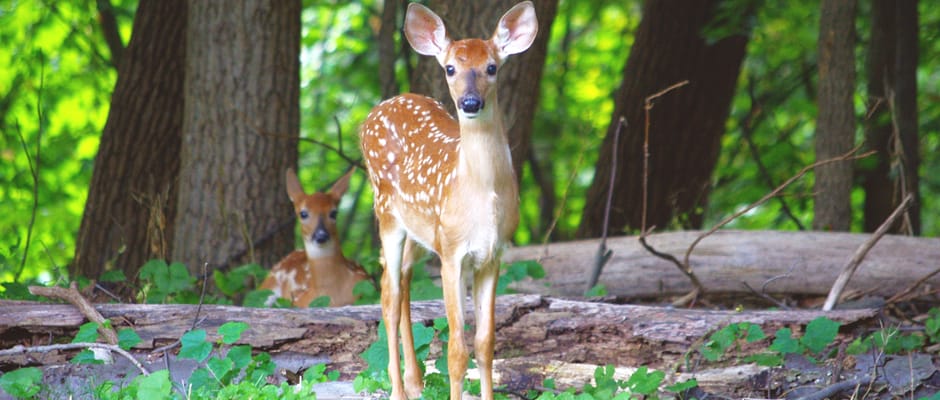Share this article
Releasing captive deer isn’t good for local economies
Schemes to increase the antler size of wild deer by introducing captive-bred animals with trophy racks may cost more than they are worth.
“Areas of land known for producing larger deer are generating larger lease values than areas that are not well known for producing good deer,” said Steve Demarais, the Dale Arner Distinguished Professor at the Mississippi State University and lead author in a recent open access study published in the Wildlife Society Bulletin.
Using this logic, deer breeders in Alabama proposed releasing selectively bred captive deer into wild populations to improve the average antler size in a county. While the state prohibited the action, neighboring Mississippi developed a model to evaluate the cost effectiveness of releasing captive deer.
As part of the effort, Demarais, a member of The Wildlife Society, and his co-authors developed two models — one for a free-ranging population and one for a fenced population.
Their model showed that releasing 100 deer into a wild, free-ranging population of 2,000 deer increased the antler score of wild deer by an average of 0.8 inches compared to their natural average of 127.5 inches. Releasing 500 deer into the same population would increase the antler score by 12 inches.
Modeling the same process within an enclosed deer population, the antler size would be increased by 18 inches if 25 percent of the population of deer within were replaced with pen-bred deer with large antlers. That’s because fences keep the released deer concentrated and minimize influx of smaller-antler deer.
The biggest problem they found was in the overall costs, though. Captive breeders manage to produce deer with large antlers by closely regulated selective breeding, but breeding doesn’t work that way in wild or even fenced populations.
“Breeding pens are effective because you can absolutely control the breeding process,” Demarais said.
The study showed that with free ranging deer, a $115,000 investment would be needed for every inch of growth in the average overall antler size of the population.
In enclosed populations, $75,000 would be needed for every inch of antler growth.
The implications of this study show that it isn’t economically feasible to release captive bred deer into the wild, Demarais said.
The release of captive cervids into the wild generated much concern within the wildlife profession due to the possibility that these deer will increase chances of spreading deadly chronic wasting disease to wild populations. While Demarais’ study didn’t examine this problem, he said it’s important because it shows that the release isn’t even good from an economic standpoint for counties or communities.
Header Image: ©Steve








